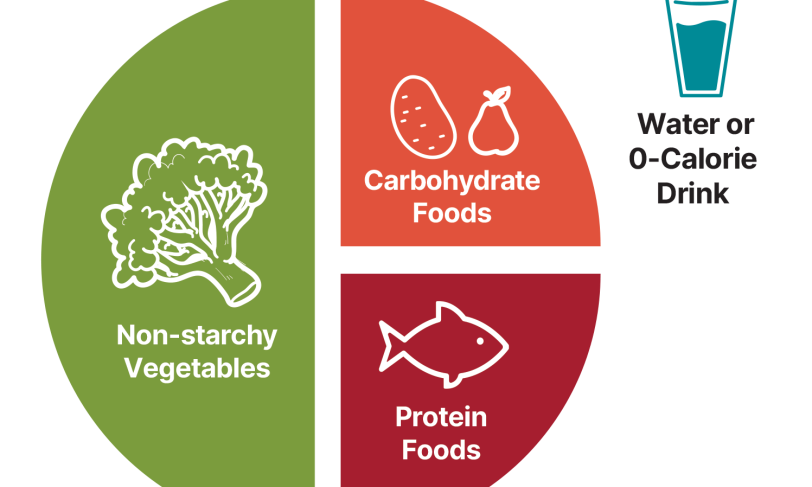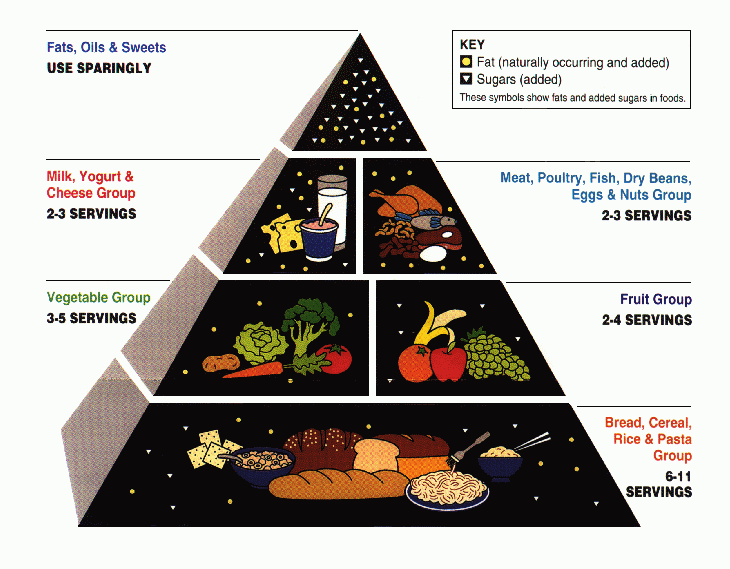Watch the accompanying YouTube video: American Diabetes Association FINALLY Endorses Low-Carb Diets!

Hello, everyone! This is Dr. Cho. I’m thrilled to share some big news: in 2019, the American Diabetes Association (ADA) officially added low-carb diets to its recommended eating plans for people with diabetes! This is a game-changer, and I’m going to explain why it matters and how it can benefit your health.
The American Diabetes Association has a noble mission: preventing and curing diabetes while improving the lives of those affected. Sounds great, right? But here’s the catch—their dietary recommendations have often lagged behind the latest science. For years, their website featured the outdated USDA Food Pyramid, which pushes excessive grains and starches. Following that advice can lead to weight gain, diabetes, high blood pressure, and high cholesterol.

But in 2019, the ADA made a historic move by including low-carb diets in their guidelines for diabetes management. Based on recent research, they acknowledged that low-carb diets can lower blood sugar and reduce the need for diabetes medications in people with type 2 diabetes. This is huge! It’s surprising to think that the ADA, of all organizations, took so long to embrace this approach.
Believe it or not, the ADA first started recognizing low-carb diets back in 2008. Before that, they were stubbornly against it, claiming there wasn’t enough scientific evidence. In 2008, their spokesperson, Olbright, stated that both low-carb and low-fat diets showed similar weight loss results after a year. It was a lukewarm endorsement, comparing two diets with very different goals based solely on weight loss, which felt a bit odd.
It’s shocking that an organization dedicated to diabetes didn’t embrace low-carb diets sooner. Their excuse? A lack of “sufficient evidence.” While it’s true that new dietary recommendations need solid research, the ADA often resisted ideas that contradicted their existing guidelines. Plus, let’s be honest—associations like the ADA, or even breast cancer organizations, are often influenced by sponsors like food and pharmaceutical companies. These groups receive significant funding, which can make them cautious about challenging the status quo. They’re more like PR-driven nonprofits than cutting-edge scientific bodies.
The 2019 guideline update is a big deal because it shows the ADA finally had to acknowledge low-carb diets, even if reluctantly. They dragged their feet as long as possible, but the evidence was too strong to ignore. This is great news for fans of low-carb high-fat (LCHF) diets, also known as ketogenic diets! If your doctor still warns you that sugar is fine or that fats are dangerous, they’re behind the times and need to catch up.
The ADA’s announcement specifically cites a 2017 study on the ketogenic diet. In this study, outpatients followed a low-carb high-fat diet for 10 weeks, resulting in weight loss, lower HbA1c levels, and reduced diabetes medication use. A 2018 follow-up study confirmed that these benefits were stable and effective long-term for managing diabetes. So, if you’ve been hesitant about eating fats, worrying they’re some kind of health curse, you can relax—the ADA now backs this approach.


Low-carb diets aren’t just for people with diabetes—they can benefit everyone. The quality and quantity of carbs we eat today are often problematic. By choosing better carbs and cutting back overall, you’re still getting enough without overdoing it. Reducing carbs lowers insulin levels in your blood, which not only helps manage diabetes but also promotes weight loss and reduces inflammation.

Lower inflammation means a reduced risk of heart disease, improved cholesterol levels, and even benefits for conditions like thyroid issues or arthritis. For those with type 1 diabetes, cutting carbs can reduce the amount of insulin needed, which helps with weight management and inflammation control. It’s a powerful tool for overall health.
Here are some examples of low-carb high-fat foods:


A low-carb high-fat diet, when done right, can be transformative. Half-hearted efforts will only give you half-hearted results, so follow a proper guideline to see real change. The ADA’s shift is a green light to confidently try this approach. Whether you have diabetes or not, cutting carbs can improve your health in so many ways. Share your thoughts or experiences in the comments below. Thanks for reading!